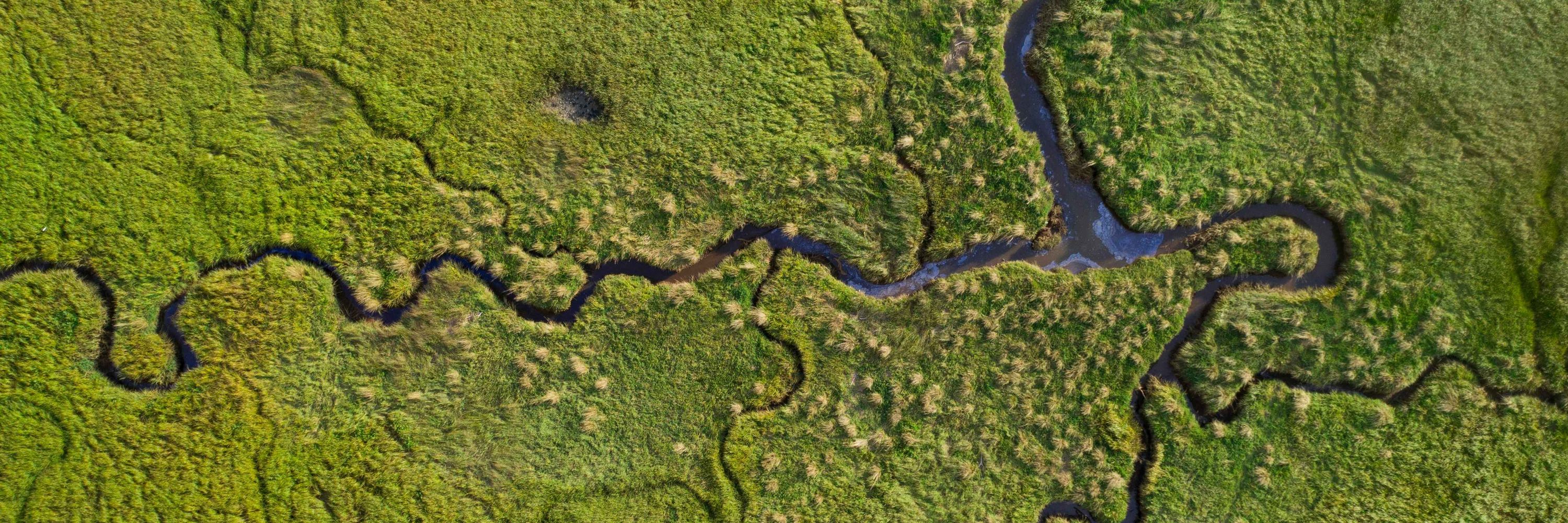
Facebook: https://shorturl.at/zyaCh
Youtube: https://shorturl.at/Pu8XR

But we promise not to become one of them
Follow @waterways-project.bsky.social

www.h-net.org/reviews/show...
🗃️ #EnvHist
www.h-net.org/reviews/show...
🗃️ #EnvHist
niche-canada.org/2020/10/29/t...
#envhist

niche-canada.org/2020/10/29/t...
#envhist

If you're the worst merchant in Ur, probably copper
A sheltered sea, the Gulf has long served as a mini-Mediterranean permitting seaborne trade
In 1750 BCE, that trade included Sumer and Dilmun, where Ea-Nasir got his subpar copper
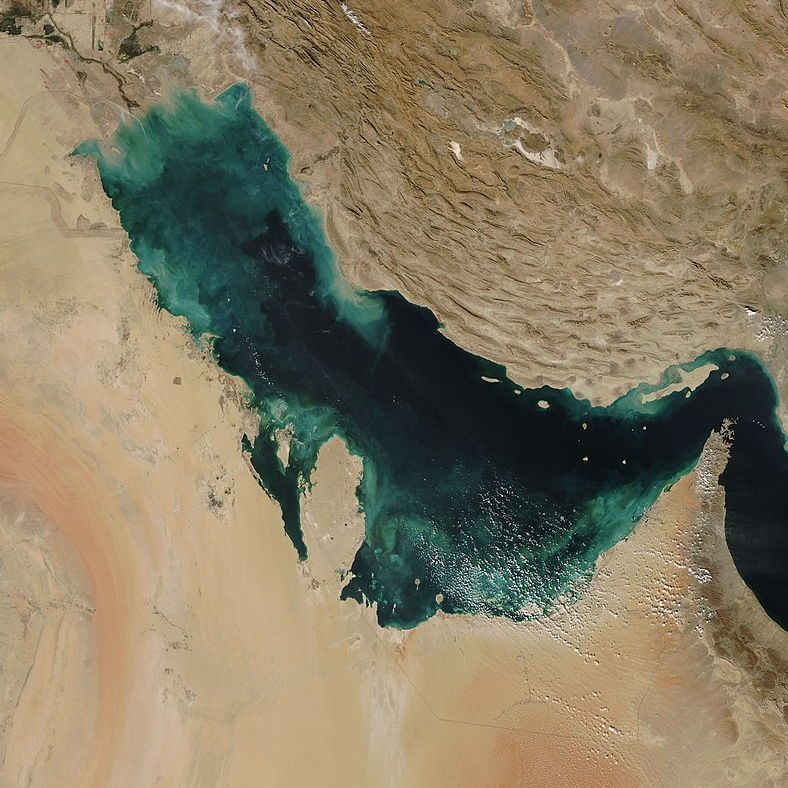

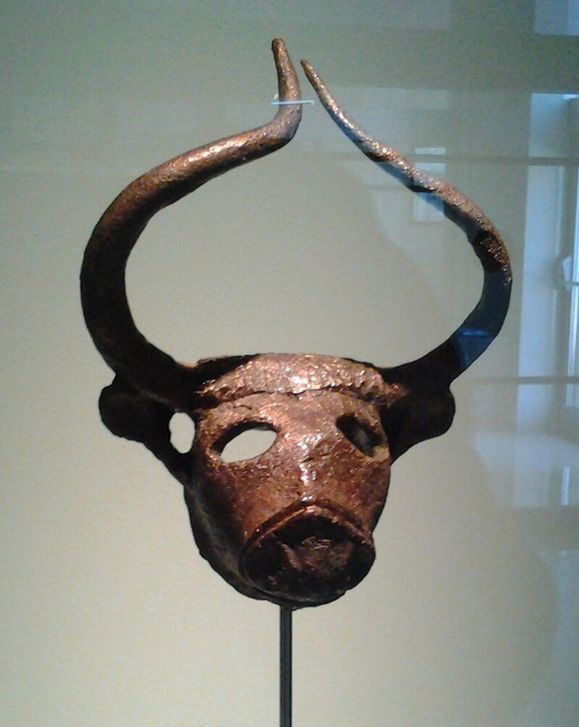

If you're the worst merchant in Ur, probably copper
A sheltered sea, the Gulf has long served as a mini-Mediterranean permitting seaborne trade
In 1750 BCE, that trade included Sumer and Dilmun, where Ea-Nasir got his subpar copper
We're tired. So tired.
Follow @waterways-project.bsky.social
WTF is it with these people and waterways?
Follow @waterways-project.bsky.social
We're tired. So tired.
Follow @waterways-project.bsky.social
@raehowells.bsky.social
@arachnepress.bsky.social
www.theguardian.com/uk-news/2025...
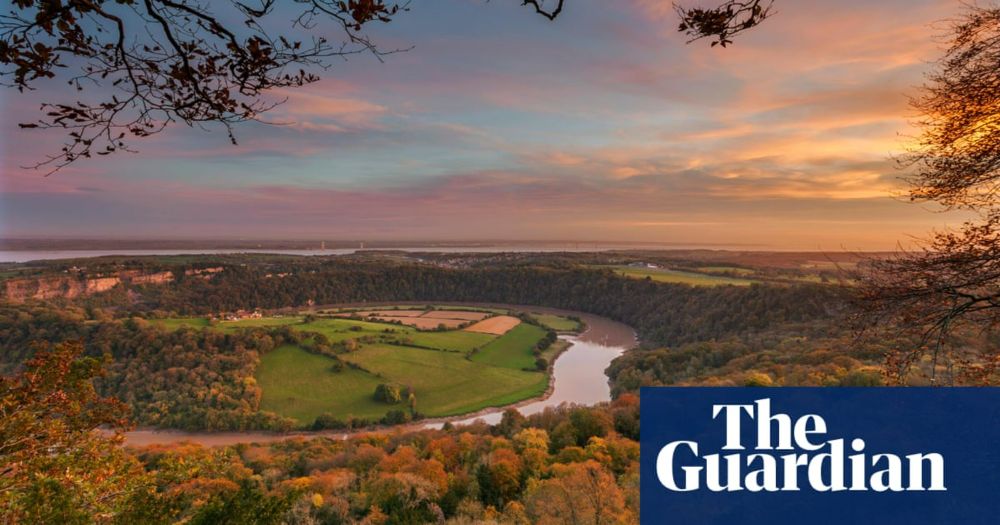
@raehowells.bsky.social
@arachnepress.bsky.social
www.theguardian.com/uk-news/2025...
In 1998, Vermont Senator Patrick Leahy passed a law naming Lake Champlain a Great Lake so Vermont could get money to study it under a Great Lakes program
An uproar from Midwest senators quickly reversed the move, but Vermont kept the money
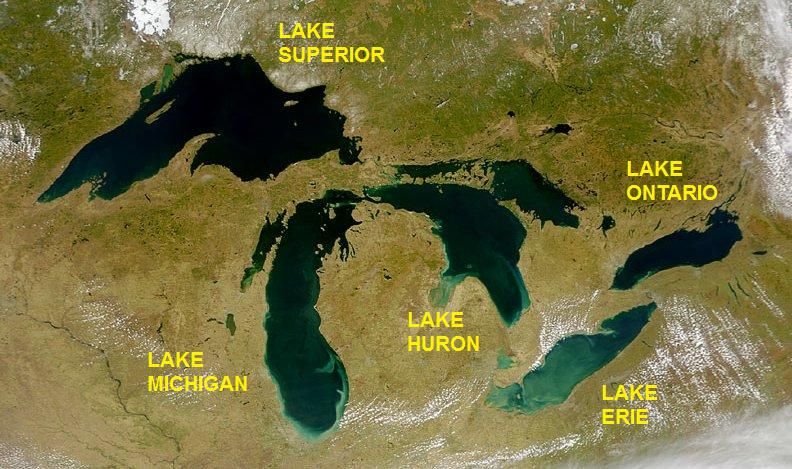


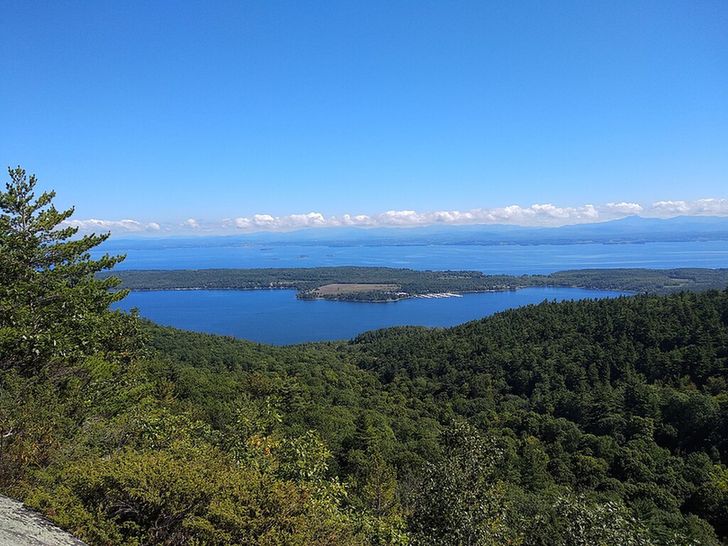
In 1998, Vermont Senator Patrick Leahy passed a law naming Lake Champlain a Great Lake so Vermont could get money to study it under a Great Lakes program
An uproar from Midwest senators quickly reversed the move, but Vermont kept the money
Native to Canada and the US, it's a trickster in many Indigenous cultures
In an Ojibwe story, the otter tricked the bear into losing its tail by saying it could catch fish by sticking its tail into freezing water
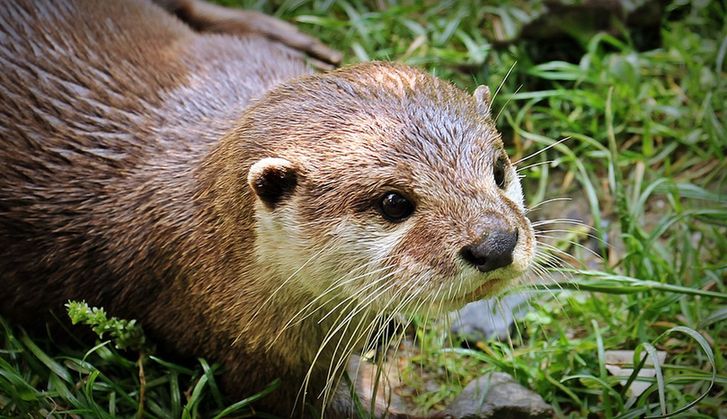
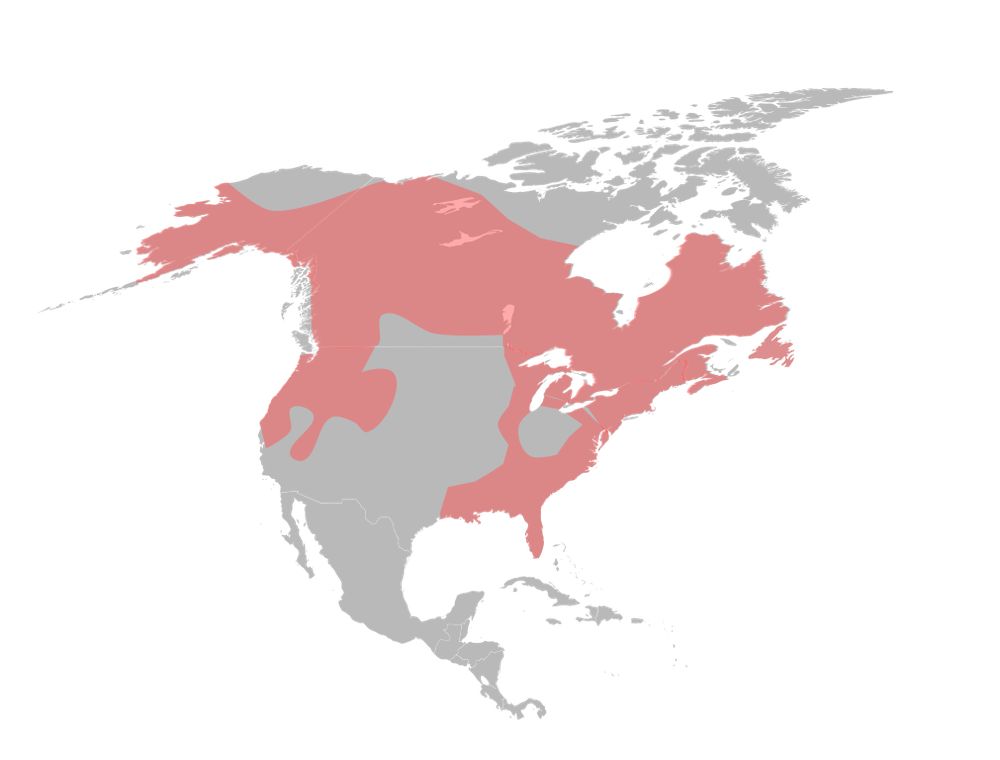
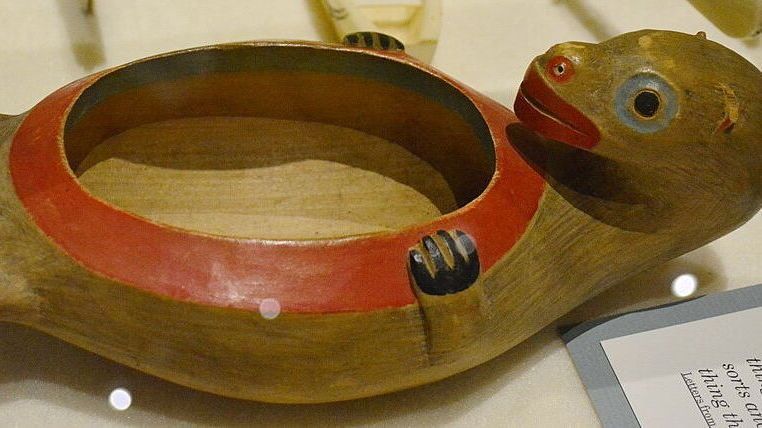

Native to Canada and the US, it's a trickster in many Indigenous cultures
In an Ojibwe story, the otter tricked the bear into losing its tail by saying it could catch fish by sticking its tail into freezing water
Native to Canada and the US, it's a trickster in many Indigenous cultures
In an Ojibwe story, the otter tricked the bear into losing its tail by saying it could catch fish by sticking its tail into freezing water




Native to Canada and the US, it's a trickster in many Indigenous cultures
In an Ojibwe story, the otter tricked the bear into losing its tail by saying it could catch fish by sticking its tail into freezing water
It's a lake in English, but it's “Ojibwa’s Great Sea” in Ojibwe, an apt name given it's the world's largest freshwater body
Superior's sea-ness has made it useful for shipping, with lakers like the Edmund Fitzgerald hauling Minnesota iron ore
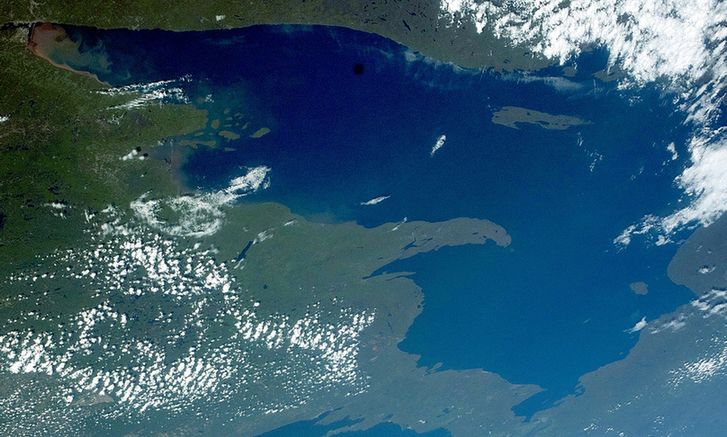
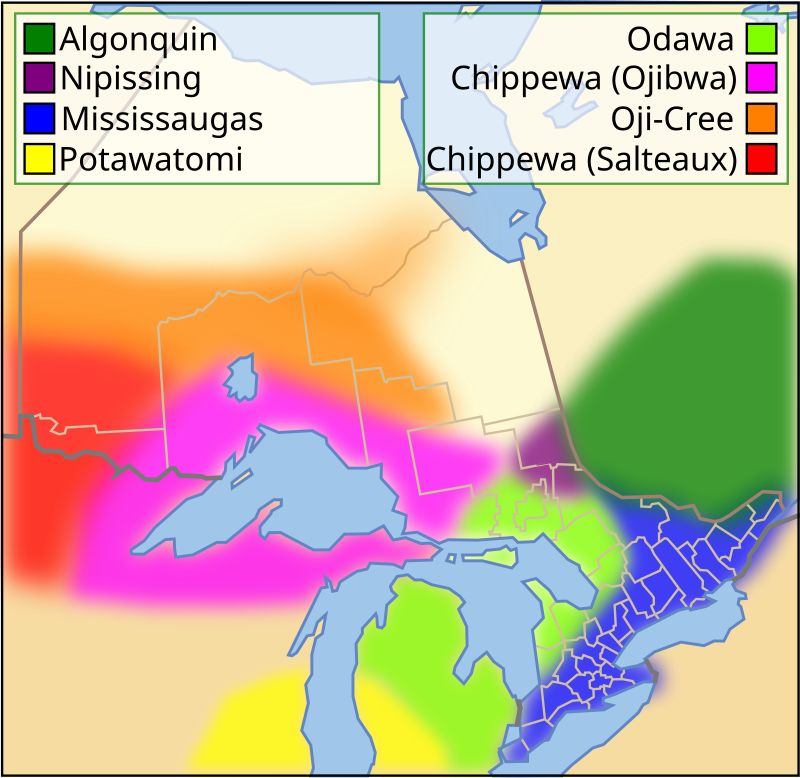
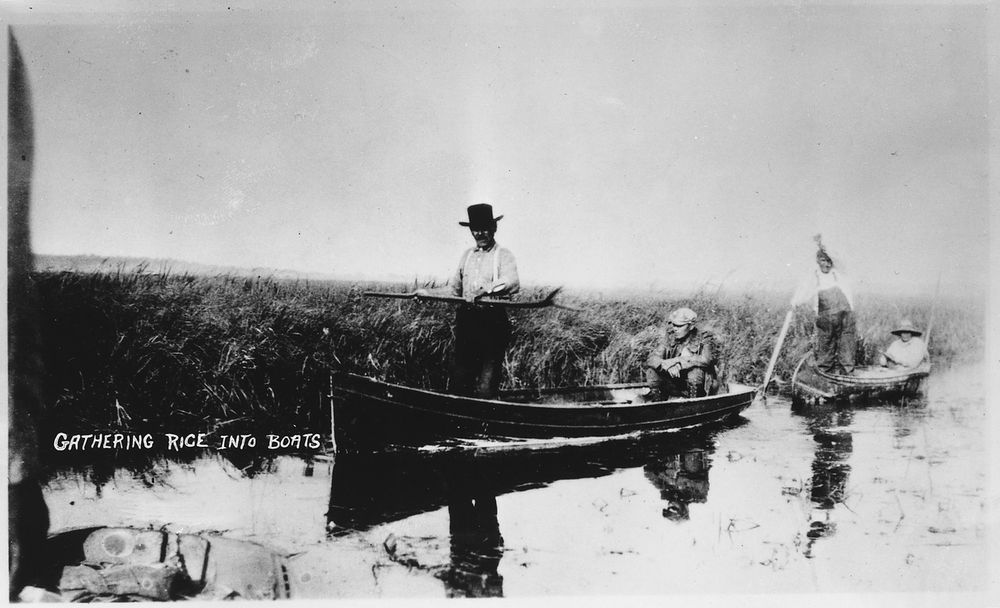
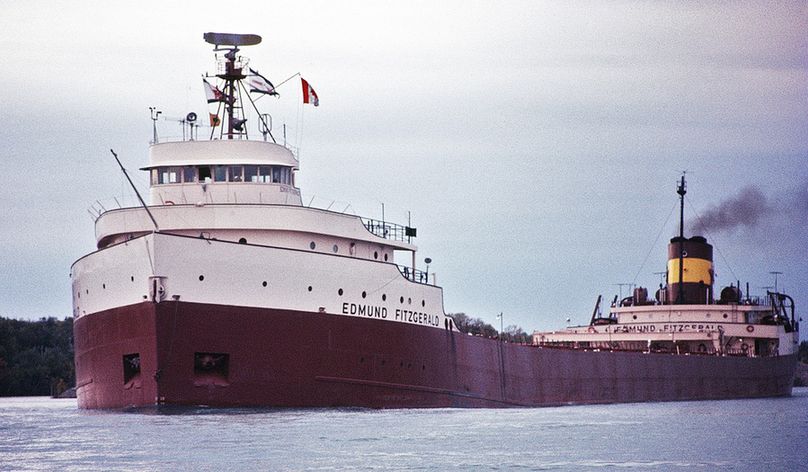
It's a lake in English, but it's “Ojibwa’s Great Sea” in Ojibwe, an apt name given it's the world's largest freshwater body
Superior's sea-ness has made it useful for shipping, with lakers like the Edmund Fitzgerald hauling Minnesota iron ore
Here's historian Nancy Seasholes explaining how the city used trash and large chunks of Beacon Hill to fill in Back Bay and other areas of the city
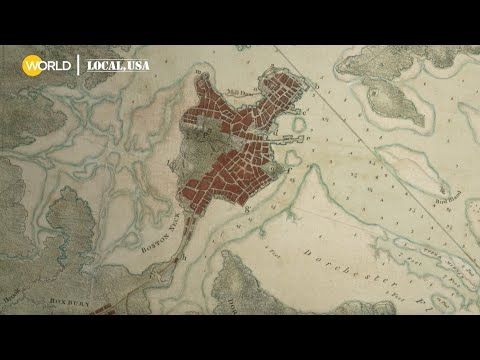
Here's historian Nancy Seasholes explaining how the city used trash and large chunks of Beacon Hill to fill in Back Bay and other areas of the city

Located on the Shawmut Peninsula, 1700s Boston was almost an island
Land reclamation in the 1800s changed the city's coastline, filling in the location of the Boston Tea Party and creating the entire Back Bay neighborhood


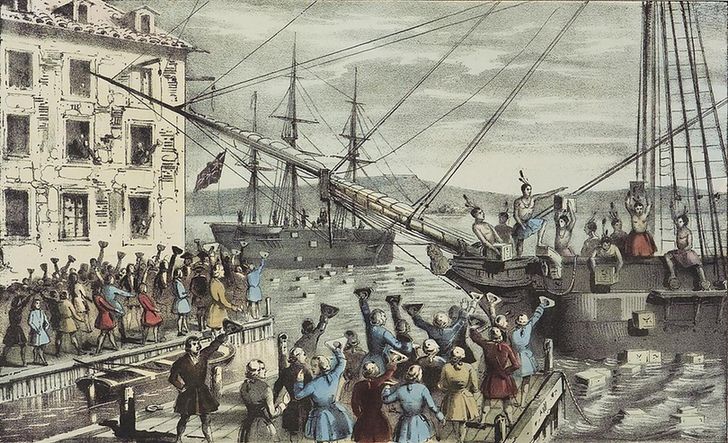
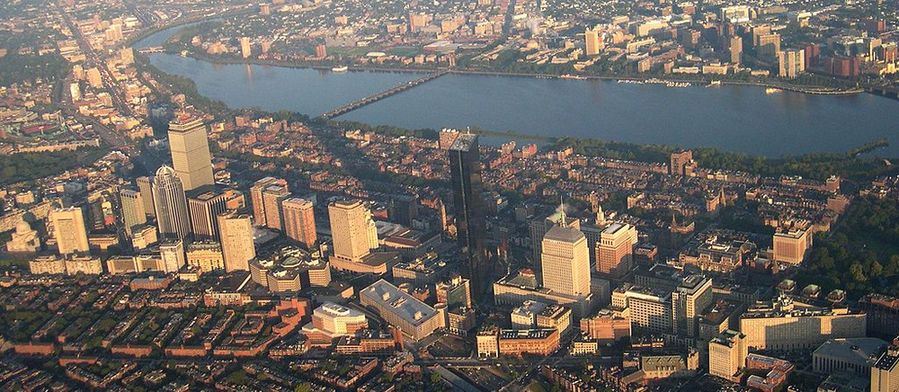
Located on the Shawmut Peninsula, 1700s Boston was almost an island
Land reclamation in the 1800s changed the city's coastline, filling in the location of the Boston Tea Party and creating the entire Back Bay neighborhood
Located on the Shawmut Peninsula, 1700s Boston was almost an island
Land reclamation in the 1800s changed the city's coastline, filling in the location of the Boston Tea Party and creating the entire Back Bay neighborhood




What do you think?

What do you think?
Here's historian Nancy Seasholes explaining how the city used trash and large chunks of Beacon Hill to fill in Back Bay and other areas of the city

Here's historian Nancy Seasholes explaining how the city used trash and large chunks of Beacon Hill to fill in Back Bay and other areas of the city

Here's historian Nancy Seasholes explaining how the city used trash and large chunks of Beacon Hill to fill in Back Bay and other areas of the city

Located on the Shawmut Peninsula, 1700s Boston was almost an island
Land reclamation in the 1800s changed the city's coastline, filling in the location of the Boston Tea Party and creating the entire Back Bay neighborhood




Located on the Shawmut Peninsula, 1700s Boston was almost an island
Land reclamation in the 1800s changed the city's coastline, filling in the location of the Boston Tea Party and creating the entire Back Bay neighborhood
Groundwater from a spring carries dissolved iron; when this water reaches a bog, acidity and certain bacteria can turn it into iron oxide
Sifting this out, one gets ore to make "bog iron", the main source of iron in Scandinavia until ~1300 CE

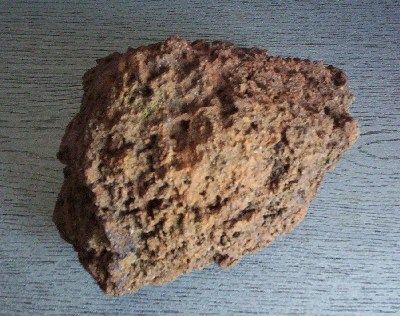


Groundwater from a spring carries dissolved iron; when this water reaches a bog, acidity and certain bacteria can turn it into iron oxide
Sifting this out, one gets ore to make "bog iron", the main source of iron in Scandinavia until ~1300 CE
During WWII, the RAF launched Operation Chastise, which used 'bouncing' bombs to destroy Germany's Möhne and Eder dams
The raid was subject of the 1955 film 'The Dam Busters,' which inspired the climax of 1977's A New Hope
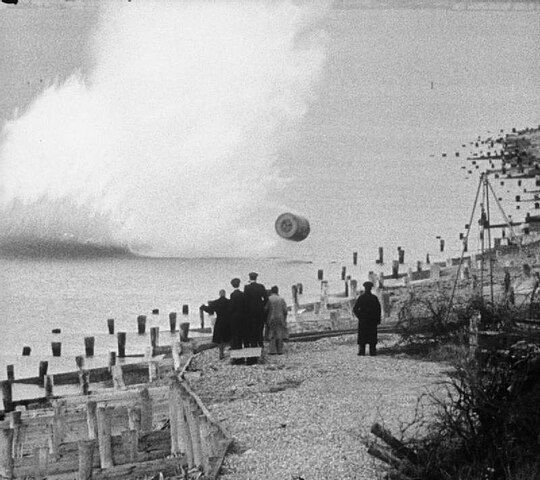
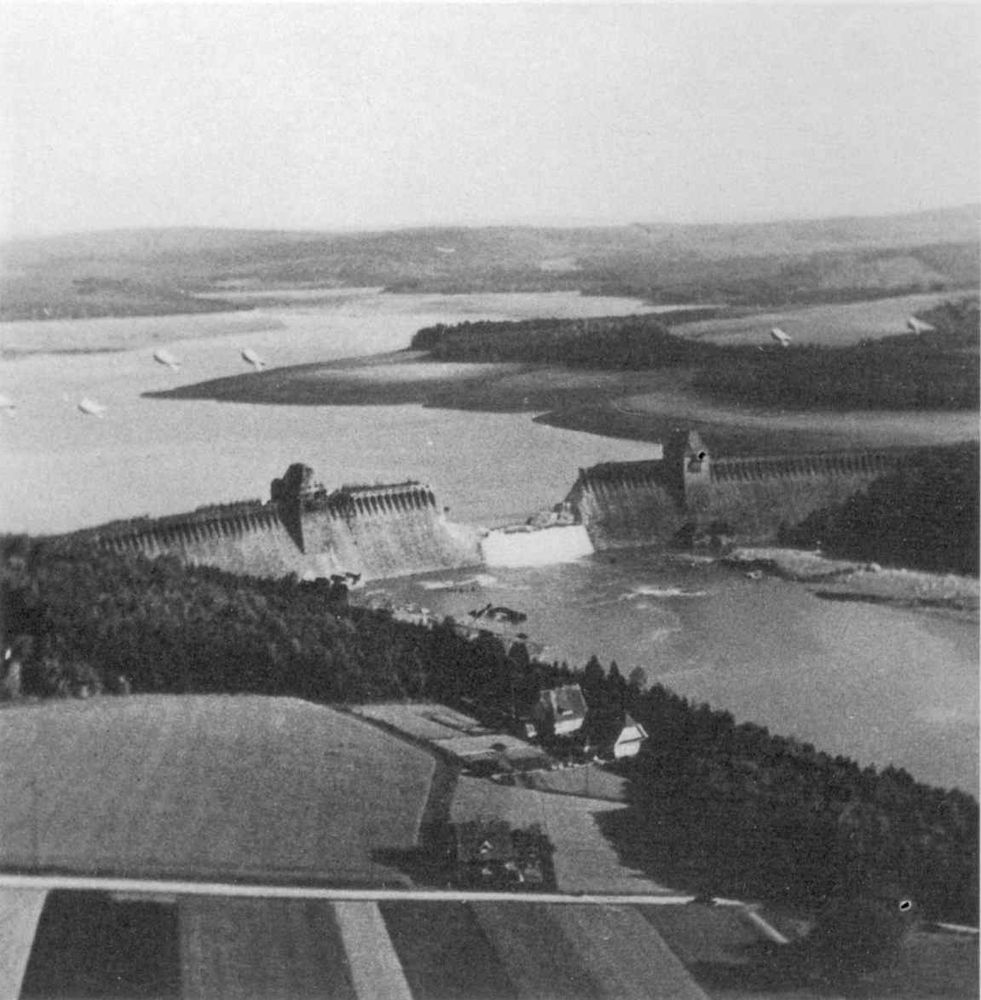


During WWII, the RAF launched Operation Chastise, which used 'bouncing' bombs to destroy Germany's Möhne and Eder dams
The raid was subject of the 1955 film 'The Dam Busters,' which inspired the climax of 1977's A New Hope

During WWII, the RAF launched Operation Chastise, which used 'bouncing' bombs to destroy Germany's Möhne and Eder dams
The raid was subject of the 1955 film 'The Dam Busters,' which inspired the climax of 1977's A New Hope




During WWII, the RAF launched Operation Chastise, which used 'bouncing' bombs to destroy Germany's Möhne and Eder dams
The raid was subject of the 1955 film 'The Dam Busters,' which inspired the climax of 1977's A New Hope

